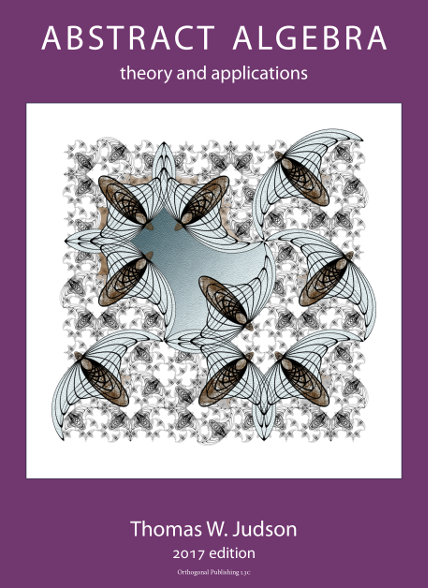ObjectivesLearning Goals for this Chapter
- State in words and in precise notation the properties of a group's binary operation.
- Use the definition to distinguish groups from non-groups.
- Identify the identity, simplify produts, and determine inverses of elements in given example groups.
- Construct the Cayley table for a given example group.
- Determine, with proof, whether a given example group is or is not abelian.
